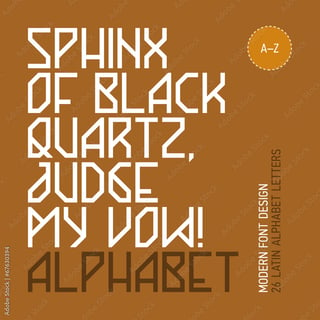There are a few other sample texts that are especially common for Indo-European conlangs.
The King and the God is a short passage based on an episode from the Brahmanas:
The King and the God
Once there was a king. He was childless. The king wanted a son. He asked his priest: "May a son be born to me!" The priest said to the king: "Pray to the god Werunos." The king approached the god Werunos to pray now to the god. "Hear me, father Werunos!" The god Werunos came down from heaven. "What do you want?" "I want a son." "Let this be so," said the bright god Werunos. The king's lady bore a son.
Various PIE scholars have used this as a way to demonstrate different reconstructions of Proto-Indo-European. For example, here's Byrd's:
H₃rḗḱs dei̯u̯ós-kwe
H₃rḗḱs h₁est; só n̥putlós. H₃rḗḱs súhxnum u̯l̥nh₁to. Tósi̯o ǵʰéu̯torm̥ prēḱst: "Súhxnus moi̯ ǵn̥h₁i̯etōd!" Ǵʰéu̯tōr tom h₃rḗǵm̥ u̯eu̯ked: "h₁i̯áǵesu̯o dei̯u̯óm U̯érunom". Úpo h₃rḗḱs dei̯u̯óm U̯érunom sesole nú dei̯u̯óm h₁i̯aǵeto. "ḱludʰí moi̯, pter U̯erune!" Dei̯u̯ós U̯érunos diu̯és km̥tá gʷah₂t. "Kʷíd u̯ēlh₁si?" "Súhxnum u̯ēlh₁mi." "Tód h₁estu", u̯éu̯ked leu̯kós dei̯u̯ós U̯érunos. Nu h₃réḱs pótnih₂ súhxnum ǵeǵonh₁e.
Another text used for the same purpose is Schleicher's Fable:
The Sheep and the Horses
A sheep that had no wool saw horses, one of them pulling a heavy wagon, one carrying a big load, and one carrying a man quickly. The sheep said to the horses: "My heart pains me, seeing a man driving horses." The horses said: "Listen, sheep, our hearts pain us when we see this: a man, the master, makes the wool of the sheep into a warm garment for himself. And the sheep has no wool." Having heard this, the sheep fled into the plain.
This was introduced by August Schleicher in the 1800s (hence the name) to demonstrate his theories about PIE, and since then has become a standard way of showing the difference between PIE reconstructions. For consistency, here's Byrd again:
H₂óu̯is h₁éḱu̯ōs-kʷe
H₂áu̯ei̯ h₁i̯osméi̯ h₂u̯l̥h₁náh₂ né h₁ést, só h₁éḱu̯oms derḱt. Só gʷr̥hₓúm u̯óǵʰom u̯eǵʰed; só méǵh₂m̥ bʰórom; só dʰǵʰémonm̥ h₂ṓḱu bʰered. H₂óu̯is h₁ékʷoi̯bʰi̯os u̯eu̯ked: "dʰǵʰémonm̥ spéḱi̯oh₂ h₁éḱu̯oms-kʷe h₂áǵeti, ḱḗr moi̯ agʰnutor". H₁éḱu̯ōs tu u̯eu̯kond: "ḱludʰí, h₂ou̯ei̯! Tód spéḱi̯omes, n̥sméi̯ agʰnutór ḱḗr: dʰǵʰémō, pótis, sē h₂áu̯i̯es h₂u̯l̥h₁náh₂ gʷʰérmom u̯éstrom u̯ept, h₂áu̯ibʰi̯os tu h₂u̯l̥h₁náh₂ né h₁esti". Tód ḱeḱluu̯ṓs h₂óu̯is h₂aǵróm bʰuged.
You can find a nice overview of several different reconstructions in the Wikipedia article.
Neither of these is as common among conlangers as The North Wind and the Sun or the Universal Declaration of Human Rights, but they're moderately popular among people making a posteriori Indo-European languages, because you can find several different reconstructions for different stages of Proto-Indo-European and its descendants (Proto-Germanic, Proto-Indo-Iranian, etc) to compare against.
